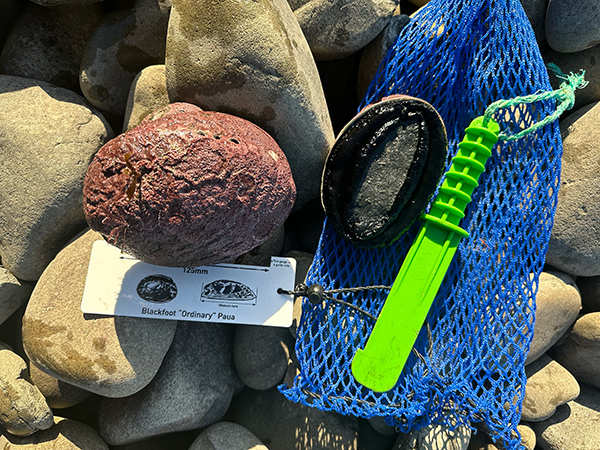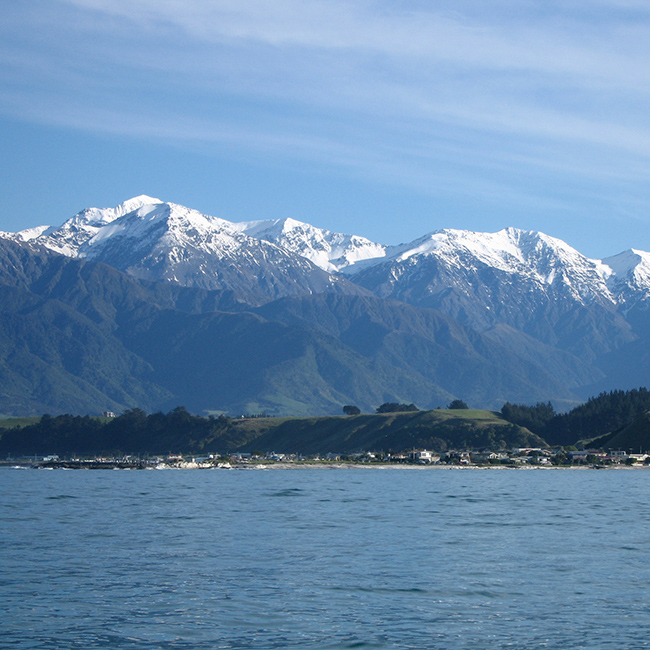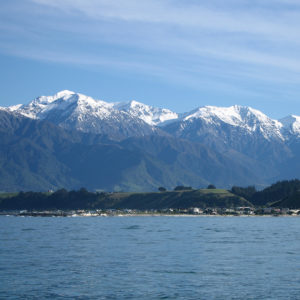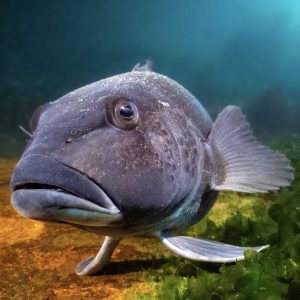Originally published in the New Zealand Fishing News, April 2024.

New Zealand, a country just north of the furious 50s, a series of small islands perched precariously on a volcanic fault line and more than 1000 nautical miles from its nearest neighbours. We pride ourselves on our wild coastlines and incredible marine life. This is what attracts tourists from around the globe. Yet, a lot of Kiwis can’t even collect their own local kaimoana and feed their families.
In the Kaikōura region of the South Island, priority has been given to commercial fishers. They now enjoy year-round access to the pāua fishery, while local families are confined to a brief 2-3 month season.
It started back in 2016 when earthquakes along the Kaikōura coastline caused significant uplift, leading to widespread loss of shellfish, crayfish and pāua. Emergency fishing closures were applied. While pāua populations have steadily rebuilt, the rules around harvesting the available shellfish are still being developed.
Recently Fisheries New Zealand advised they were consulting on opening the Kaikōura pāua recreational season for 2024.
The New Zealand Sport Fishing Council and New Zealand Underwater Association, with the support of LegaSea and other major national organisations, urged the Minister for Ocean and Fisheries to extend the recreational season for nine months of the year from 2025.
The Kaikōura Boating and Recreational Fishing Club has persistently fought for reasonable public access to allow locals to collect pāua. However, progress is slow due to a staged approach to reopening the fishery and opposition from a powerful commercial sector.
Remember, nobody owns these natural resources, including pāua. They are a shared public resource. That is why the Minister has a statutory requirement to provide the public reasonable access to their fishery.
Exporting seafood remains a clear priority
Last year, Kaikōura locals collected less than 3% of the total amount of pāua exported to foreign shores. These pāua were enjoyed by Kiwi families and friends. Meanwhile, more than 500,000 kilos of pāua are exported from New Zealand every year. China receives over half of these exports. Serving pāua in overseas restaurants is obviously taking priority over feeding Kiwis.
It’s no wonder that Kiwis are increasingly concerned about the government’s intentions, and whether their decisions are blurred by dollar signs.
Pāua collected by locals are a taonga (treasure). Feeding our own people ought to be a priority over the economic returns from exporting our prized shellfish.
Since taking office the Minister for Oceans and Fisheries, Shane Jones, has championed an export-led economic recovery from our fisheries so, we have plenty of reason to be concerned if he decides on a short recreational open season of only two months in 2024.
Just to be clear, if the issue was regarding overharvest, the use of bag limit cuts and limited seasons would be understandable. But, when it is letting the private sector profit from a publicly owned resource while the public has limited access, we have serious reservations.
Science shows that the Kaikōura pāua fishery is relatively abundant. We also know that Kiwis are struggling with interest rates and fuel costs. Therefore healthy kai needs to be affordable and accessible. It’s unreasonable to expect us to buy back our own seafood at export prices paying more than $100 per kilo of pāua .
Sustaining our precious marine resources and feeding Kiwi families must be a priority.
The consequences of a depleted fishery in a cost of living crisis
If you enjoy tossing a line out and sharing kaimoana, you may be starting to feel the pinch from increasing costs. What should have been a summer out on the water reeling in fish is becoming less of a reality and more of a vague memory.
With less fish in our oceans and a cost-of-living crisis, many fishers are finding their favourite pass-time a distressing combination.
Concern arises as rising fuel, bait, and general living costs mean fewer recreational fishers are taking their boats out. And those who do, are catching less fish because of the perilous state of our fisheries.
The Kai Ika Project is one particular project that is taking a significant hit during these tough times. Co-founded by LegaSea and their partners, they are struggling to cover the costs of distributing high-quality, previously unappreciated kaimoana to families in Auckland and Wellington every week.
Despite working multiple jobs, more and more families are struggling to put healthy protein-rich food on the table. Community demand for this kaimoana is higher than ever before.
Since 2016, The Kai Ika Project has prevented over 400,000 kilos of fish heads and frames from entering our landfills, and instead filled the bellies of Kiwi families.
Twice a week, hundreds of people line the car park of Papatūānuku Kōkiri Marae hoping to feed their families. But lately, many have to be turned away as there hasn’t been enough fish to go around.
One of the main funding streams has been through the Kai Ika Westhaven filleting service. Recreational fishermen pay a small fee for their fish to be filleted and this helps cover the distribution costs. Better still, remaining fish offcuts are also distributed to local communities.
However it is quickly becoming a perfect storm. It’s not only the scarcity of fish, people can’t afford to put fuel in the boat and are not bothering to go fishing. Therefore the income that is relied upon to cover overarching expenses that come with distributing fish heads and frames; including petrol and wages, is no longer available.
The poor management of our fisheries is not only an environmental issue but is one that is having tangible social consequences. If our new Government wants to make a positive difference, they need to prioritise the interests of everyday New Zealanders and restoring abundance back into our oceans. It’s not a big ask.
It’s important that Kiwis can continue to catch fish to support and feed their whānau, especially in times when the cost of quality food keeps going up.
If you are interested in learning more about The Kai Ika Project or ways you can contribute, please visit kaiika.co.nz





